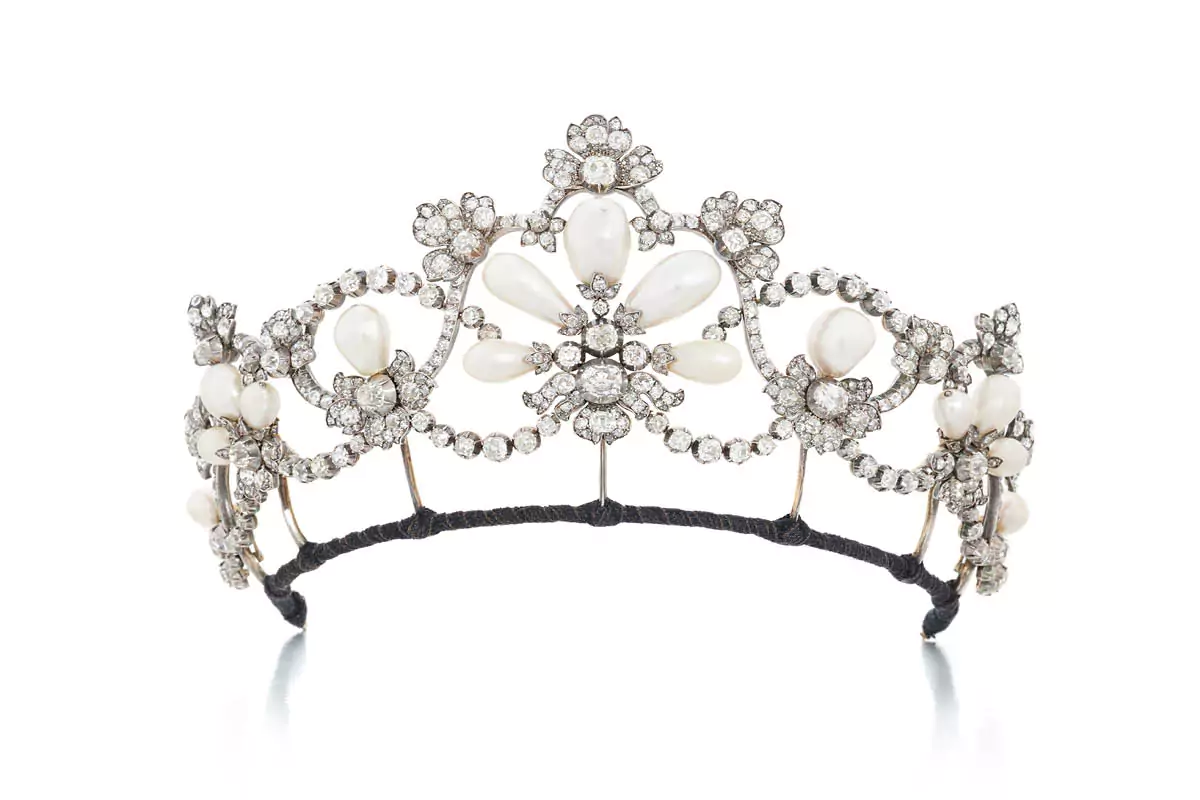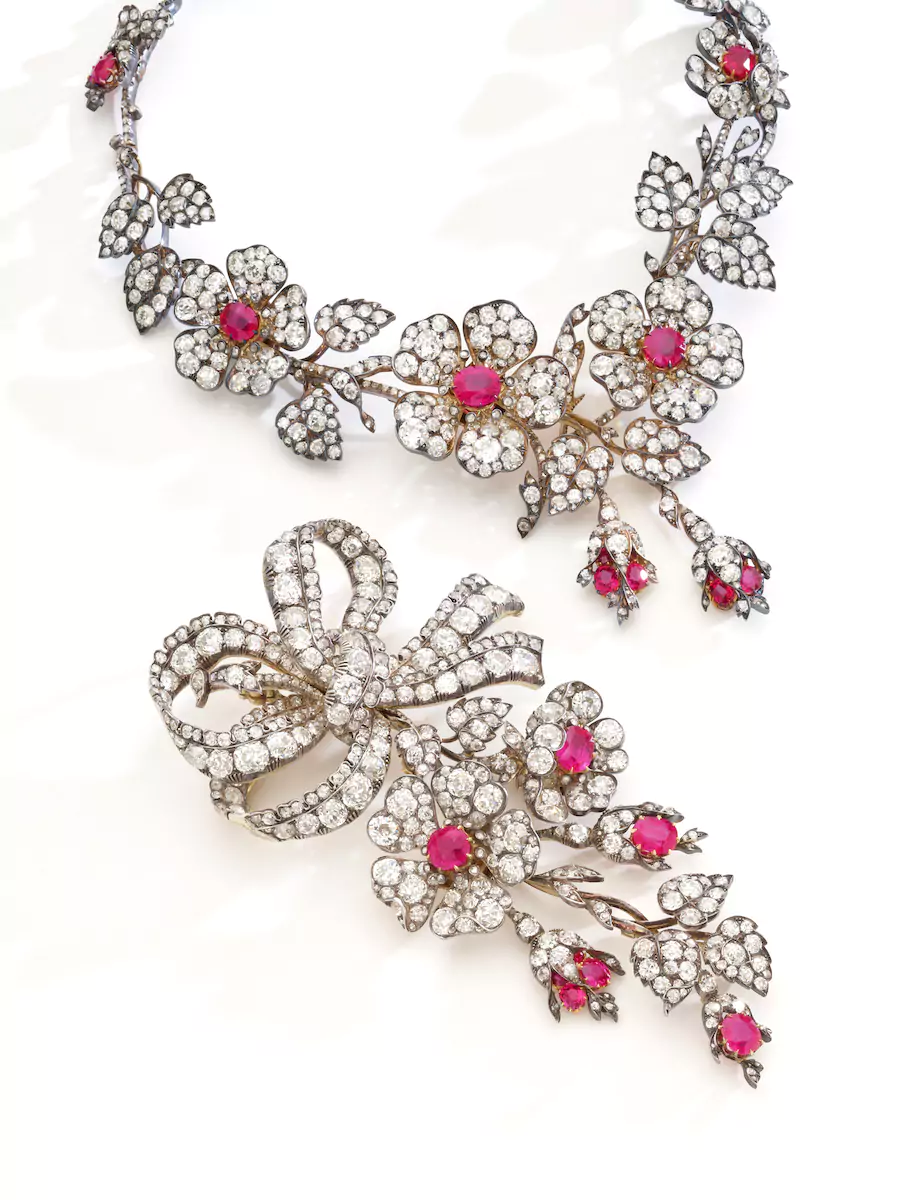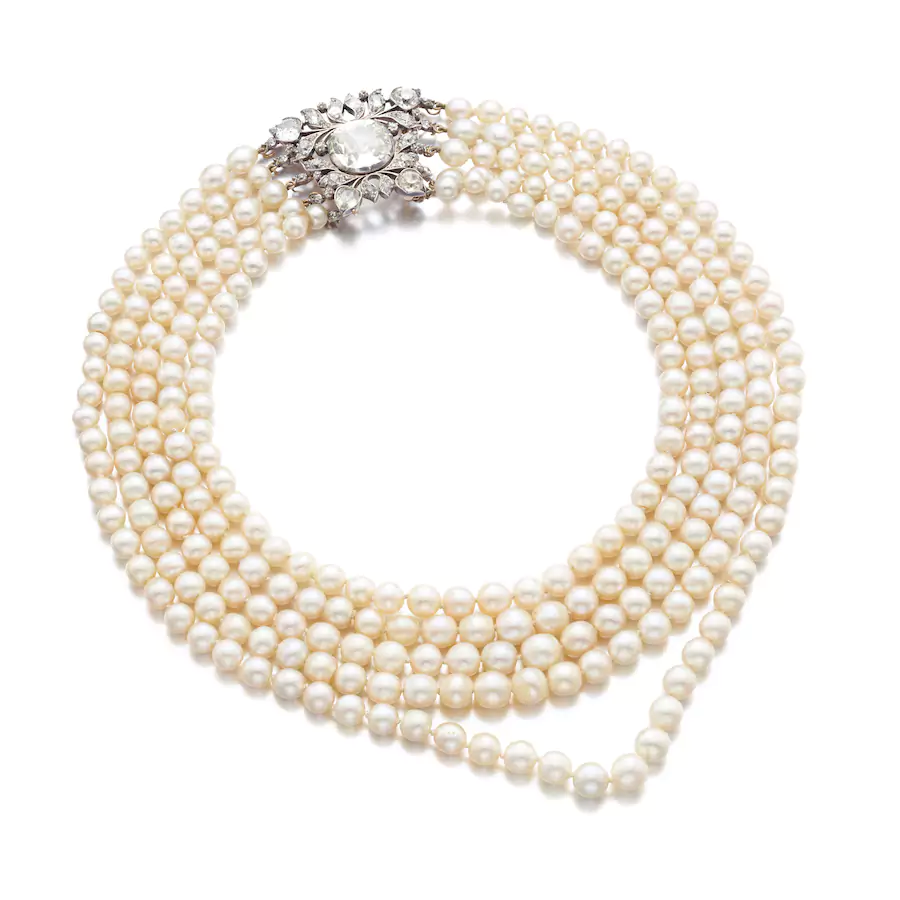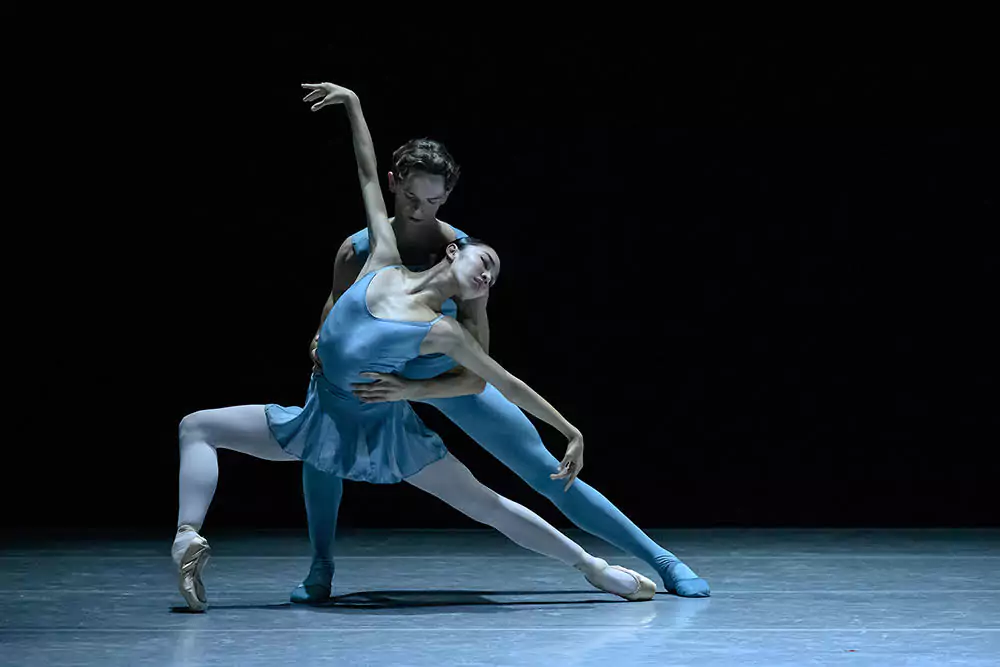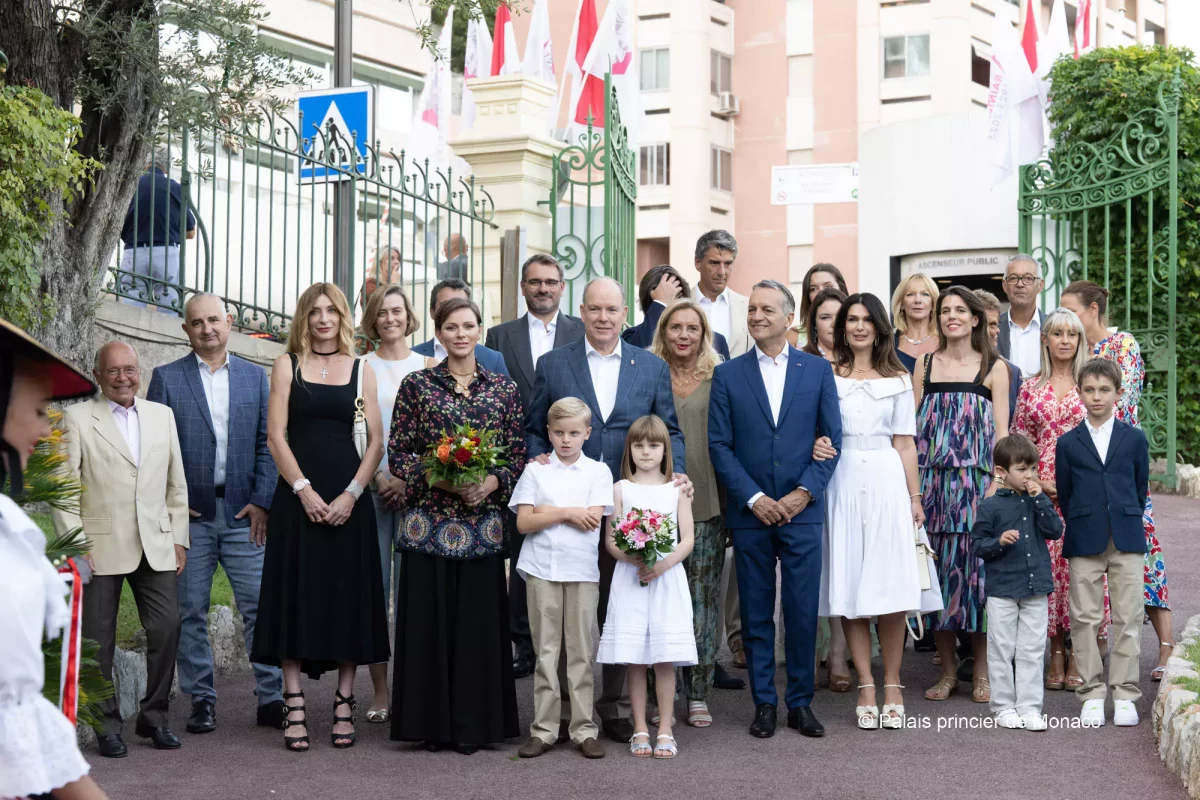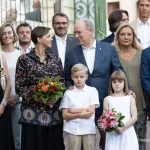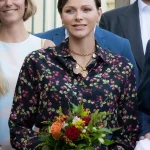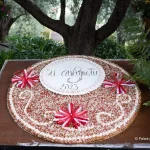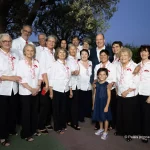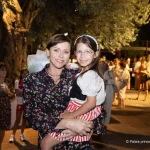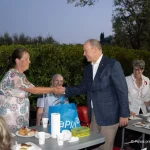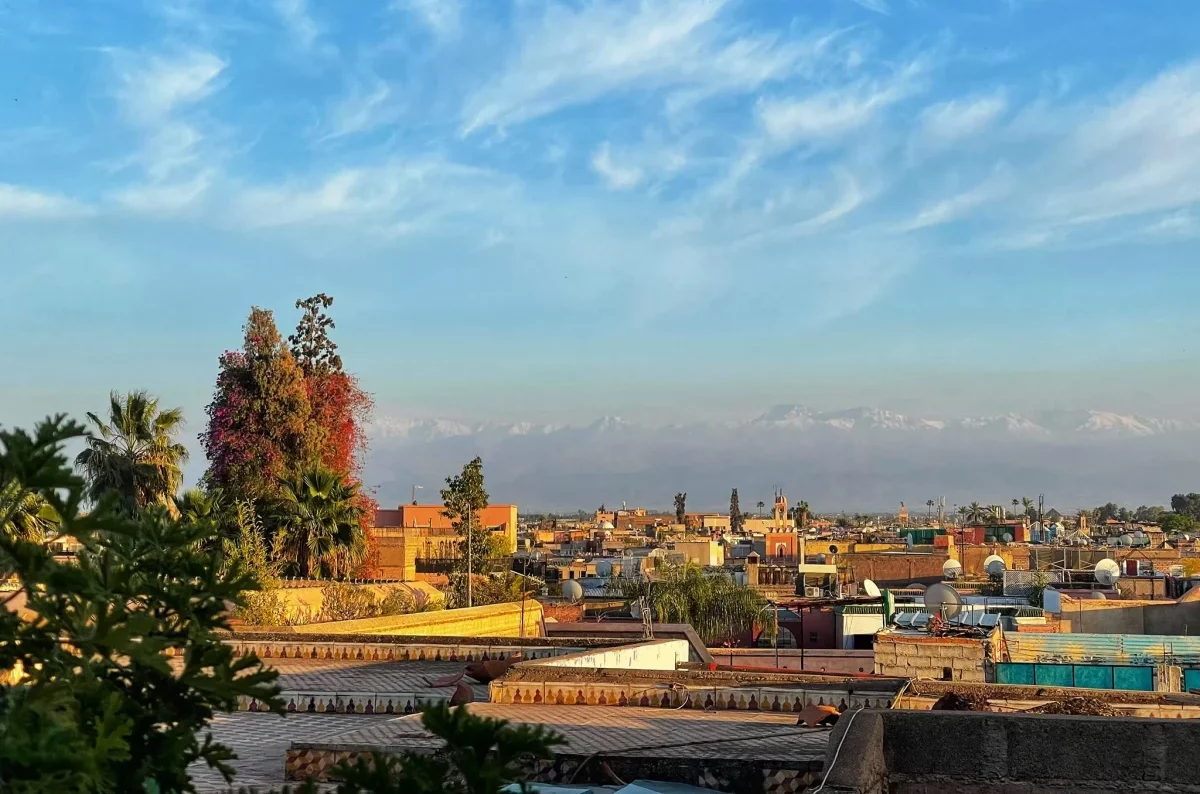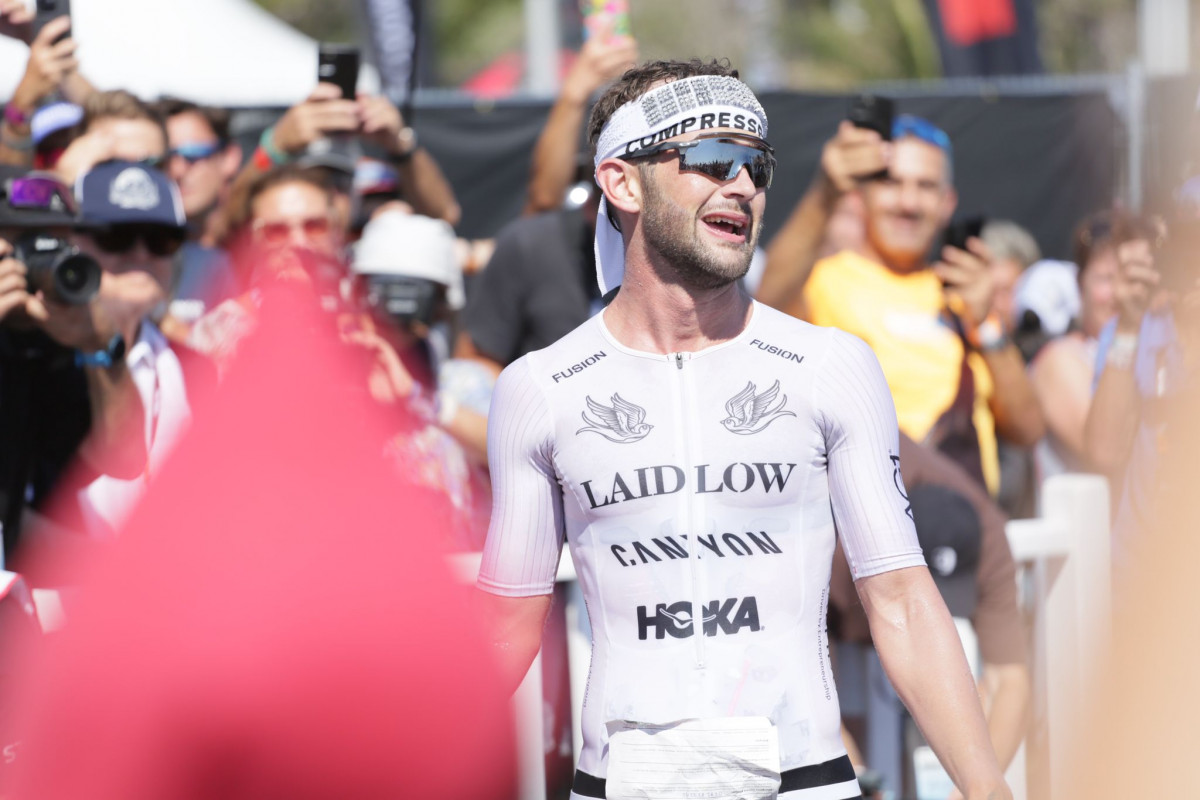The 21st edition of the Cap d’Ail Triathlon, which will take place later this month, will look a little different this time round as the distances for the three disciplines have been doubled. Here’s everything you need to know.
The Cap d’Ail Triathlon is therefore no longer taking place in its original ‘sprint’ format, but in the Olympic format, allowing participants to experience something that resembles the test faced by Olympic athletes, just months before the 2024 Games in Paris.
The race will now begin with a 1.5km swim at the Plage Marquet then it’s on to a 40km bike ride, taking the 250 participants along the Basse Corniche and onto the Moyenne Corniche, before descending once again onto the Basse via St. Laurent d’Èze. To finish off, there will be a 10km run, tracing the coastal path all the way up to the Monaco border.
“The Cap d’Ail Triathlon is very popular with the region’s athletes”
The event brings together 250 athletes, including 50 youths, who will compete in the shortened ‘Animathlon’, which entails a 100m swim followed by a 400m run. This event is open to kids between the ages of eight and 12.
“The Cap d’Ail Triathlon is very popular with the region’s athletes, as well as Italian athletes, and for the past few years has seen 250 competitors participate. This challenge is a sporting showcase for our town, labelled since 2016 as an ‘Active and Sporting Town’,” said the mayor of Cap d’Ail, Xavier Beck.
Registration for the event, which will take place on Sunday 17th September, closed at the beginning of the summer, but it is still possible to sign up for the waiting list either by phoning +33493789640 or by emailing sport@cap-dail.fr.
Make sure you’re never left out of the conversation.
Sign up for the Monaco Life newsletter, and follow us on Facebook, Twitter, Instagram and LinkedIn.
Photo source: Mairie de Cap d’Ail

